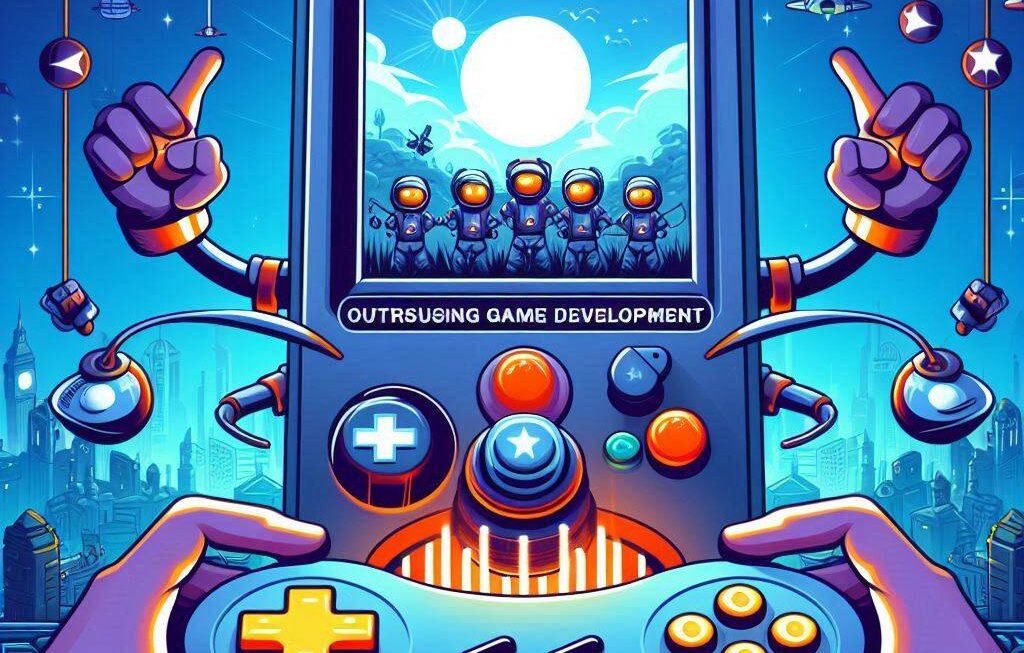Title: Unleash Your Game Development Potential: Strategic Yale Techniques for Success
In the dynamic world of game development, staying ahead requires strategic thinking and innovative approaches. Drawing inspiration from Yale’s renowned educational methodologies, we delve into techniques that can optimize your game development journey.
Collaboration is key at Yale, and it should be in your game development too. By fostering a collaborative environment, you can leverage diverse skills and perspectives to tackle complex problems and create unique, engaging games. This approach encourages teamwork, open communication, and the sharing of ideas, leading to more innovative solutions than if individuals were working alone.

Yale students regularly undergo rigorous peer review processes. Embrace this practice in your game development by sharing your work with others for feedback. Constructive criticism can help identify weaknesses, improve the overall quality of your games, and foster a culture of continuous learning and improvement. It’s essential to remember that feedback is not personal criticism but an opportunity to grow and learn.
Yale’s experiential learning model encourages students to “play the game” by immersing themselves in real-world scenarios. Apply this concept to your game development by creating prototypes early and often. This hands-on approach allows you to learn from mistakes, refine ideas, and ultimately create a better final product. It also helps you understand the user experience, identify potential issues, and make necessary adjustments before investing significant time and resources into a project.
Yale encourages students to think outside the box, fostering innovation and creativity. In game development, this means pushing boundaries, experimenting with new technologies, and creating unique gaming experiences. This mindset allows you to stand out in a crowded market and captivate your audience with something fresh and exciting.
Rovio Entertainment, the creators of “Angry Birds,” used a Yale-inspired approach to success. They collaborated on ideas, created prototypes, received peer feedback, and continually innovated, ultimately creating one of the most popular mobile games of all time. The game’s success demonstrates the power of these techniques in real-world game development scenarios.
By incorporating these strategic techniques into your game development process, you can optimize your workflow, foster innovation, and create engaging, high-quality games. Remember, the journey is as important as the destination, so embrace collaboration, experimentation, and continuous learning. As you apply these Yale techniques to your game development, you’ll find yourself growing as a developer, creating better games, and enjoying the process along the way.
1. What are Yale techniques for game development?
– Collaboration, experiential learning, peer review, innovation, and creativity.
2. How can I incorporate these techniques into my game development process?
– By fostering a collaborative environment, creating prototypes early and often, seeking constructive feedback, pushing boundaries, and experimenting with new technologies.
3. Can these techniques really help me create better games?
– Yes! These techniques have been used successfully by game development companies around the world to create engaging, high-quality games. By applying them to your own work, you can improve your skills, refine your ideas, and ultimately produce better games.



